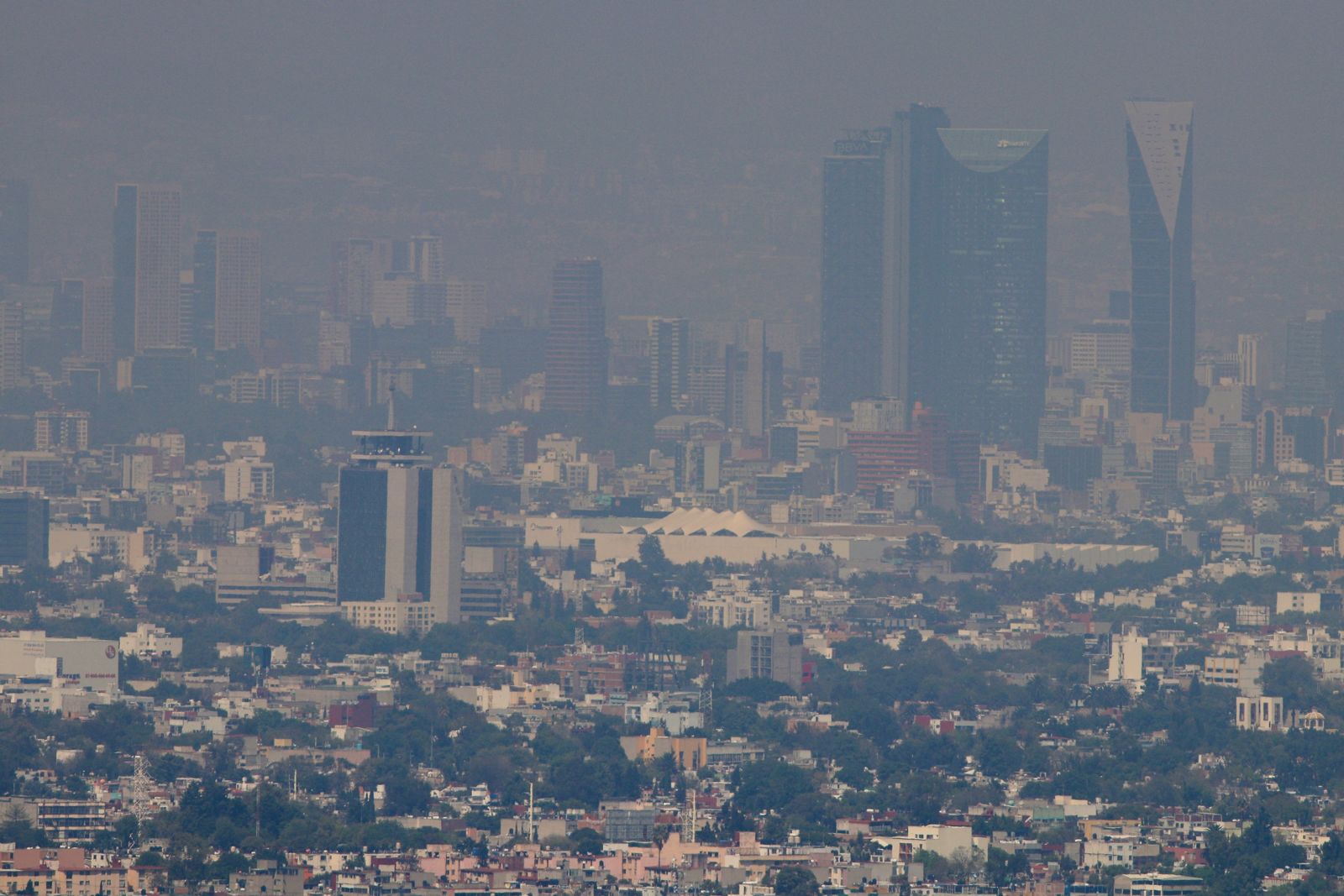We are facing a climate emergency with crucial implications for human rights. While climate change will affect humanity as a whole, poor and marginalized communities are and will be among the first and hardest hit. From floods in Argentina to droughts and hurricanes in Central America and the Caribbean, to wildfires in Brazil and Bolivia, we are already seeing an increase in suffering, poisonous air quality, food insecurity, and climate refugees.
International reports and commitments, catastrophic events, and social mobilization have raised demands for fast action to avoid tipping points at which the Earth will become irreversibly inhospitable to human life. Diverse measures to ensure mitigation, reverse climate change’s impact, and work on adaptation measures have been proposed, but are embraced and implemented unevenly.
The human rights framework can buttress the responses necessary to address the emergency, providing tools to guarantee human dignity and the right to a healthy environment. The entry into force of the Escazu Agreement on Access to Information, Public Participation and Justice in Environmental Matters in Latin America and the Caribbean underscores the power of rights as instruments to tackle the emergency.
In reviewing the multi-sector, multi-pronged strategies to tackle the emergency, there is a notable gap in some of the work to accelerate change: the lack of focus on national and regional policies to address short lived climate pollutants (SLCPs), or “super pollutants,” especially in Latin America.
SLCPs are pollutants with short atmospheric lifetimes that oscillate between a few days and fifteen years that account for approximately 45% of current global warming. In addition to increasing global warming, SLCPs also negatively impact public health since they are linked to abysmal conditions of air quality. In turn, this has led to millions of untimely deaths related to SLCP-related illnesses each year; as well as reductions of crop yields, which contribute to hunger, poverty, displacement, and political instability.
SLCPs differ from long-term climate pollutants (primarily CO2) most notably in the duration of their effects on global warming. Consequently, curbing SLCP emissions confers more immediate benefits to health and a necessary path to a fast reduction in the rate of global warming. For example, by decreasing the levels of black carbon emmissions.
Reducing SLCPs has the astonishing potential to avoid 0.6 degrees of global warming by 2050, including “as much as 90% of predicted prevented warming within a decade”. Moreover, SLCPs have a tangible impact in real time in the communities because they affect air quality. As households, transportation, garbage disposal, and industrial production are large sources of SLCP emissions, the effects of SLCPs affect those living in heavily-urbanized areas, such as megacities, and those living in the so-called “sacrifice zones”—polluted areas adjacent to heavy industrial activity.
Curbing SLCP emissions confers more immediate benefits to health and a necessary path to a fast reduction in the rate of global warming. For example, by decreasing the levels of black carbon emissions.
Thus, reducing SLCPs is a key to fast action to tackle the emergency, not at the expense of forcefully addressing deforestation and strategies focused on carbon, but as a necessary complement. These super pollutants have a disparate impact on global warming; taking action on them will accelerate efforts to reduce global warming and allow us to see positive change in real time, as well as improving air quality and quality of life. Consequently, tackling SLCP is not only about a future gain, or our future generations, but it leads to palpable improvement of living conditions and health in the present day.
Moreover, focusing on these super pollutants could create interesting opportunities for coalitions among the scientific community, policymakers, communities, and activists to push for new measures to address the climate emergency. To move in this direction, it is critical to have clear local, national, and regional road maps based on verifiable information to determine strategies and advocate for change. Access to information, production and analysis of data destined to determine levels, sources, impacts, and policies to curve SLCP is thus decisive.
As the Escazu Agreement underscores, access to information, public participation, access to justice, and ensuring the active work of environmental human rights defenders are also critical. However, a review of databases and reports on climate change show a majority of cases focused on the global north and a notable absence of cases linked to super pollutants.
Raising awareness about and taking quick action to reduce SLCPs are important next steps to achieve the goals set by the scientific and policy community in order to address the climate emergency and the right to clean air, which is linked to health, food, water, and quality of life. In the Americas, the entry into force of the Escazu Agreement creates a series of tools that can help bridge the awareness gap about SLCP, bring environmental defenders to the forefront, and accelerate key city wide, state, national or regional measures to mitigate their impact. Activism and social mobilization are key to ensuring that international commitments are meaningful locally, regionally and globally.

